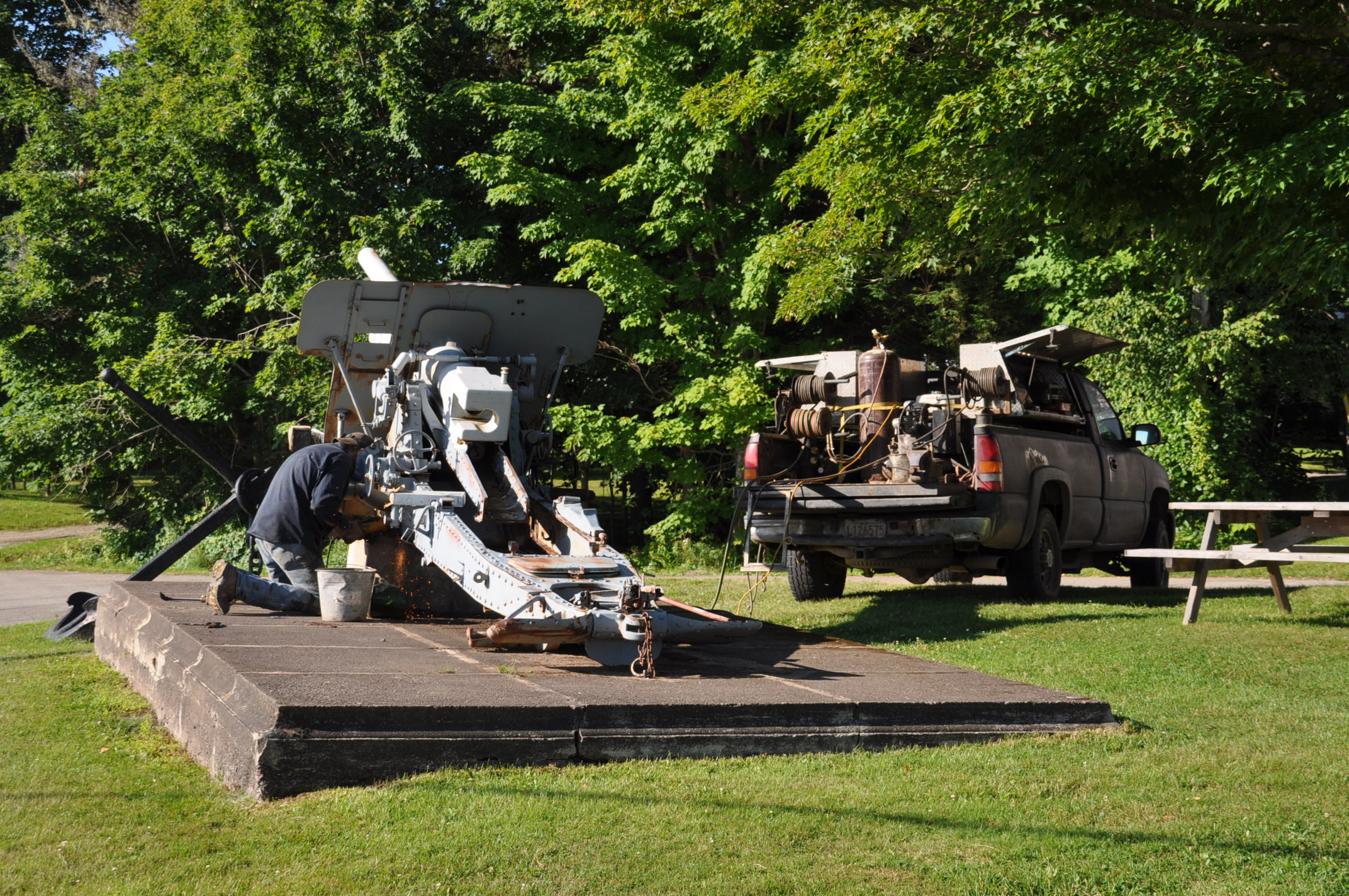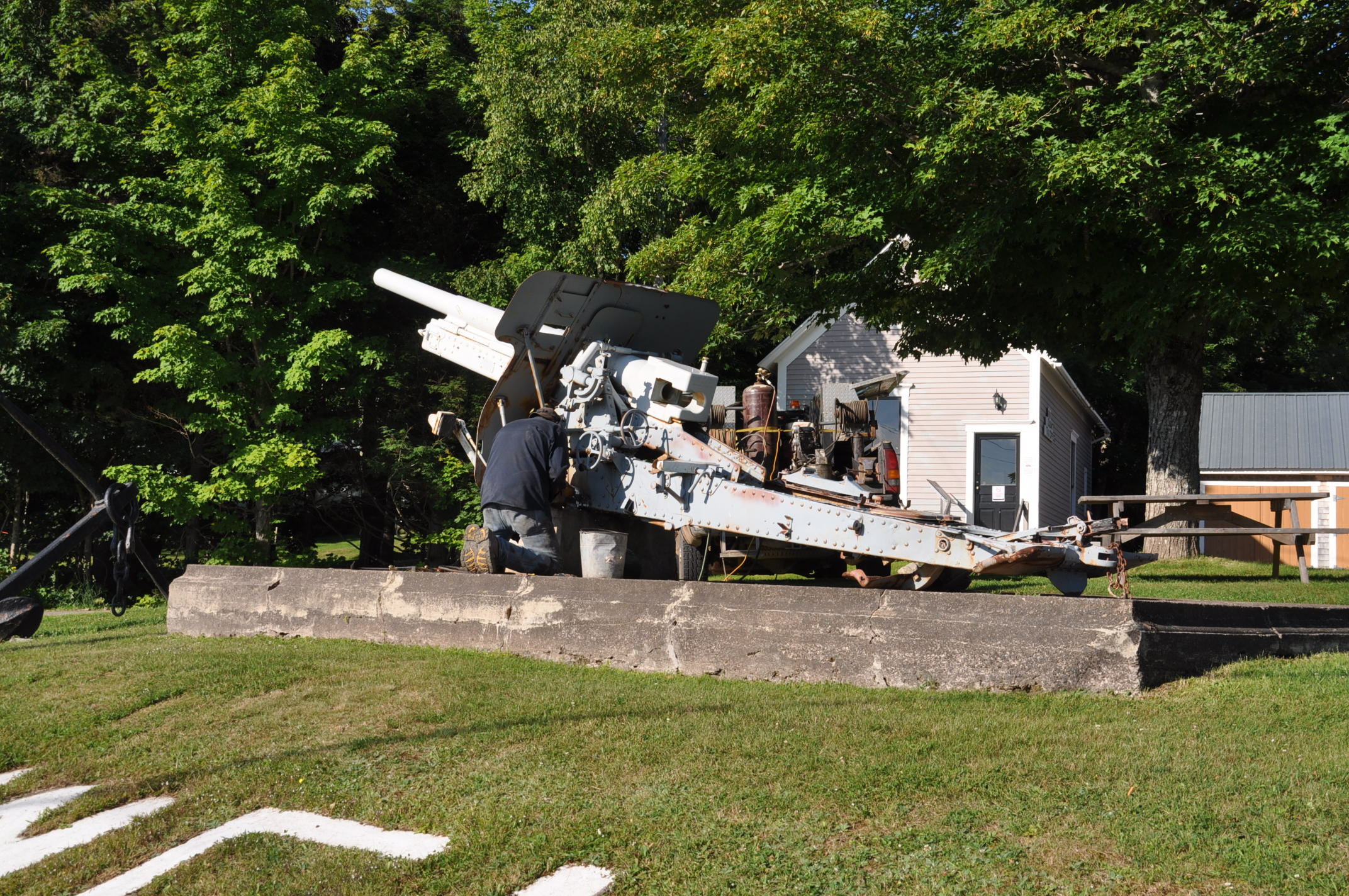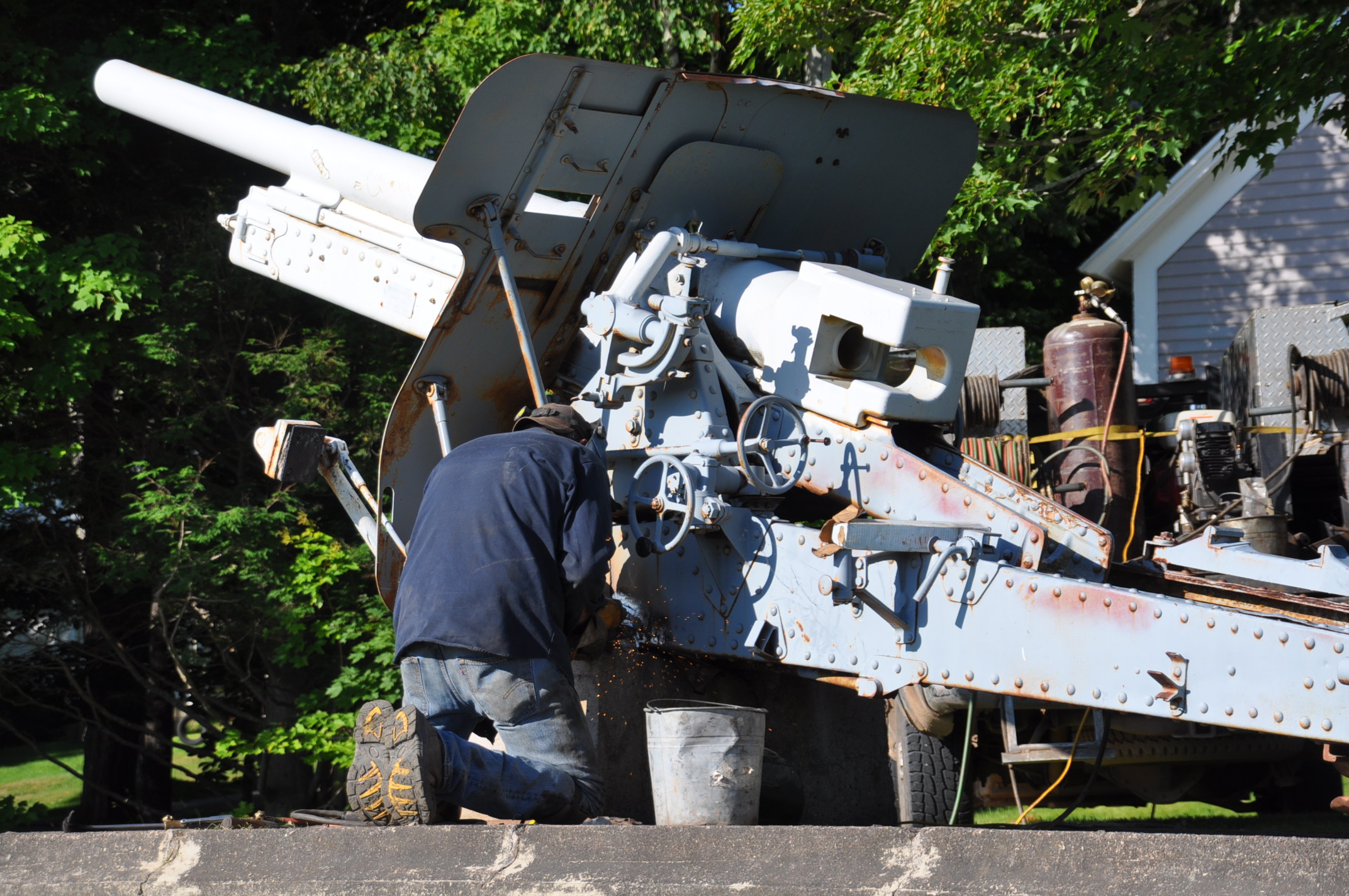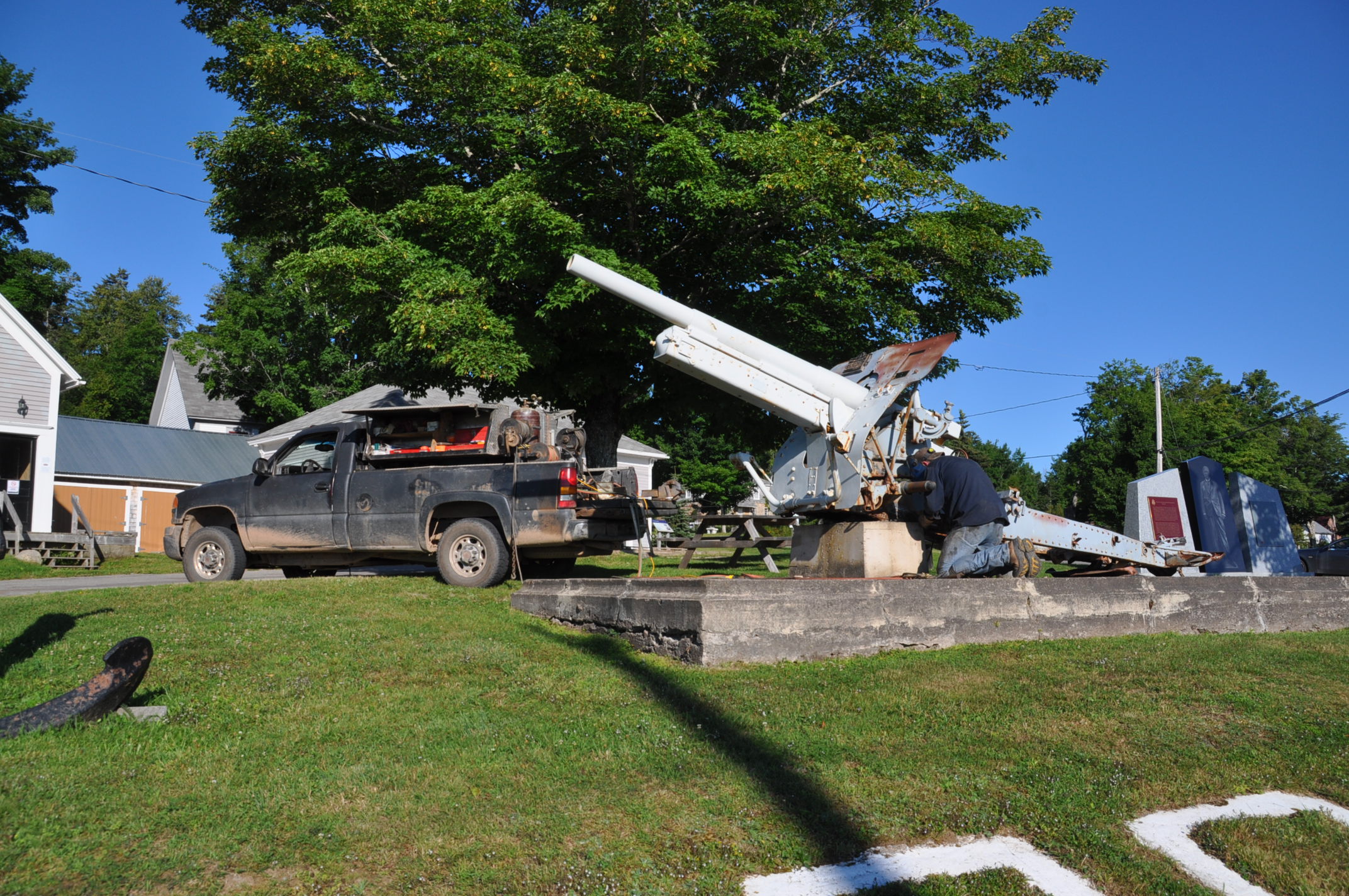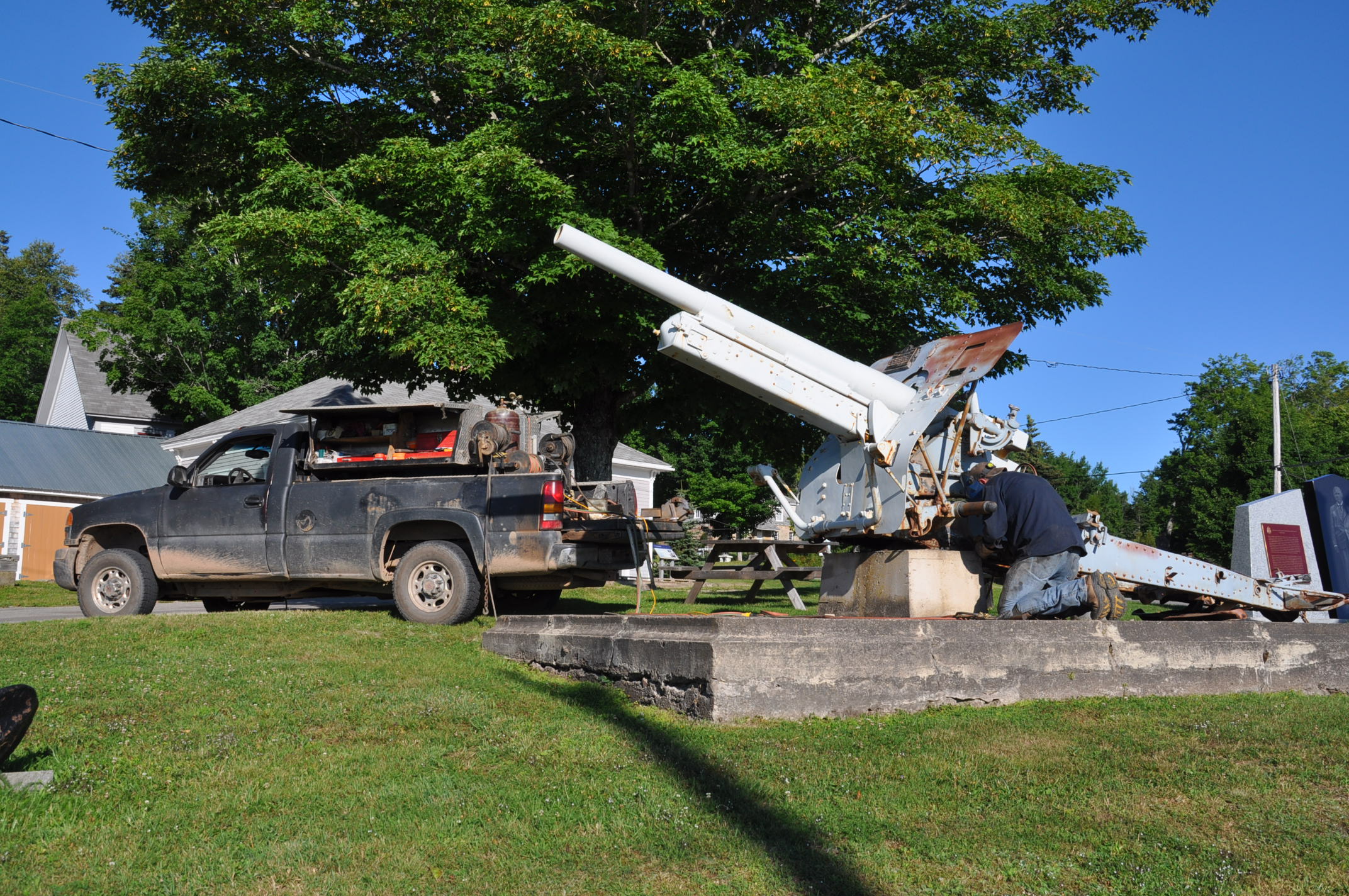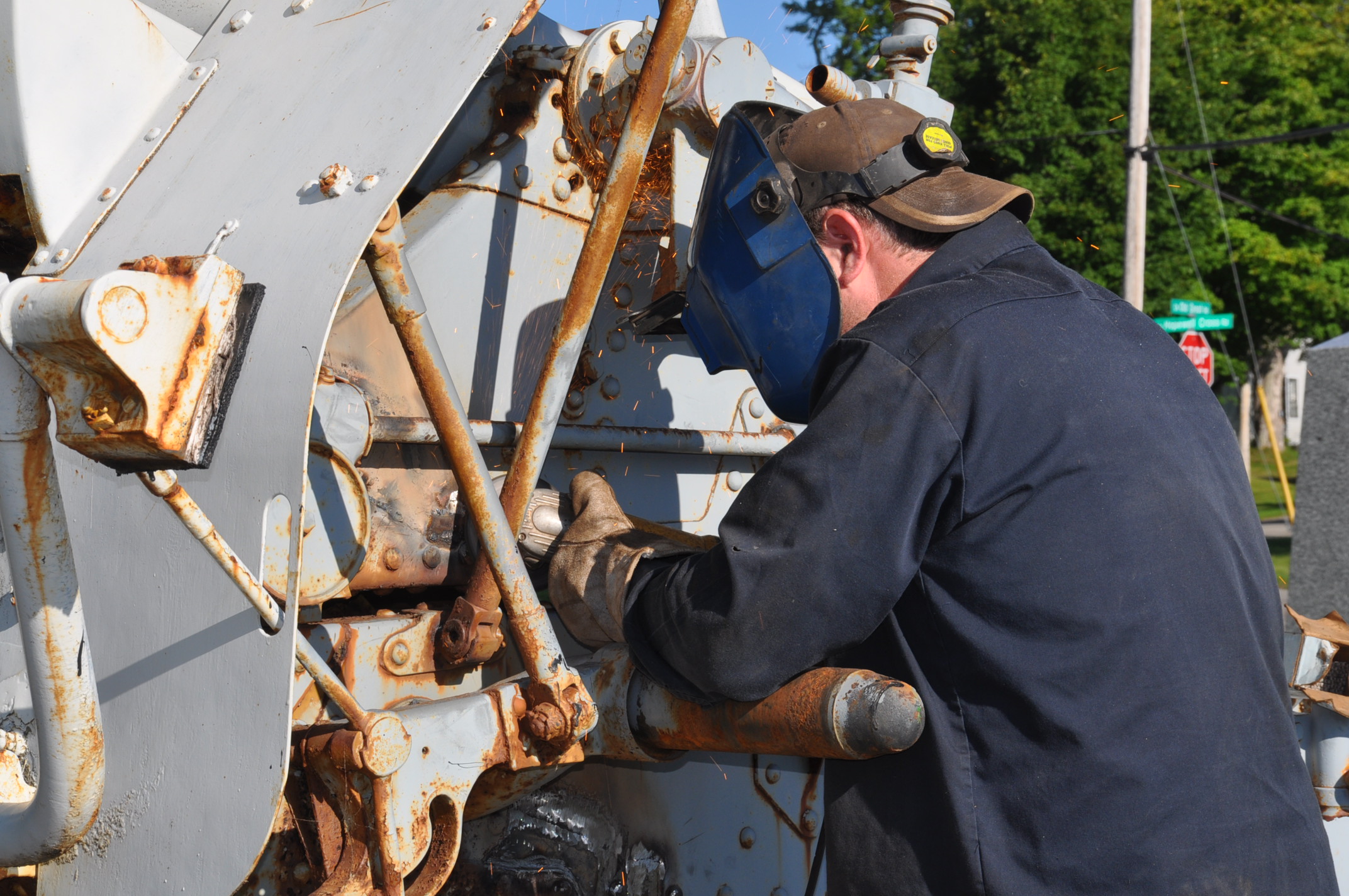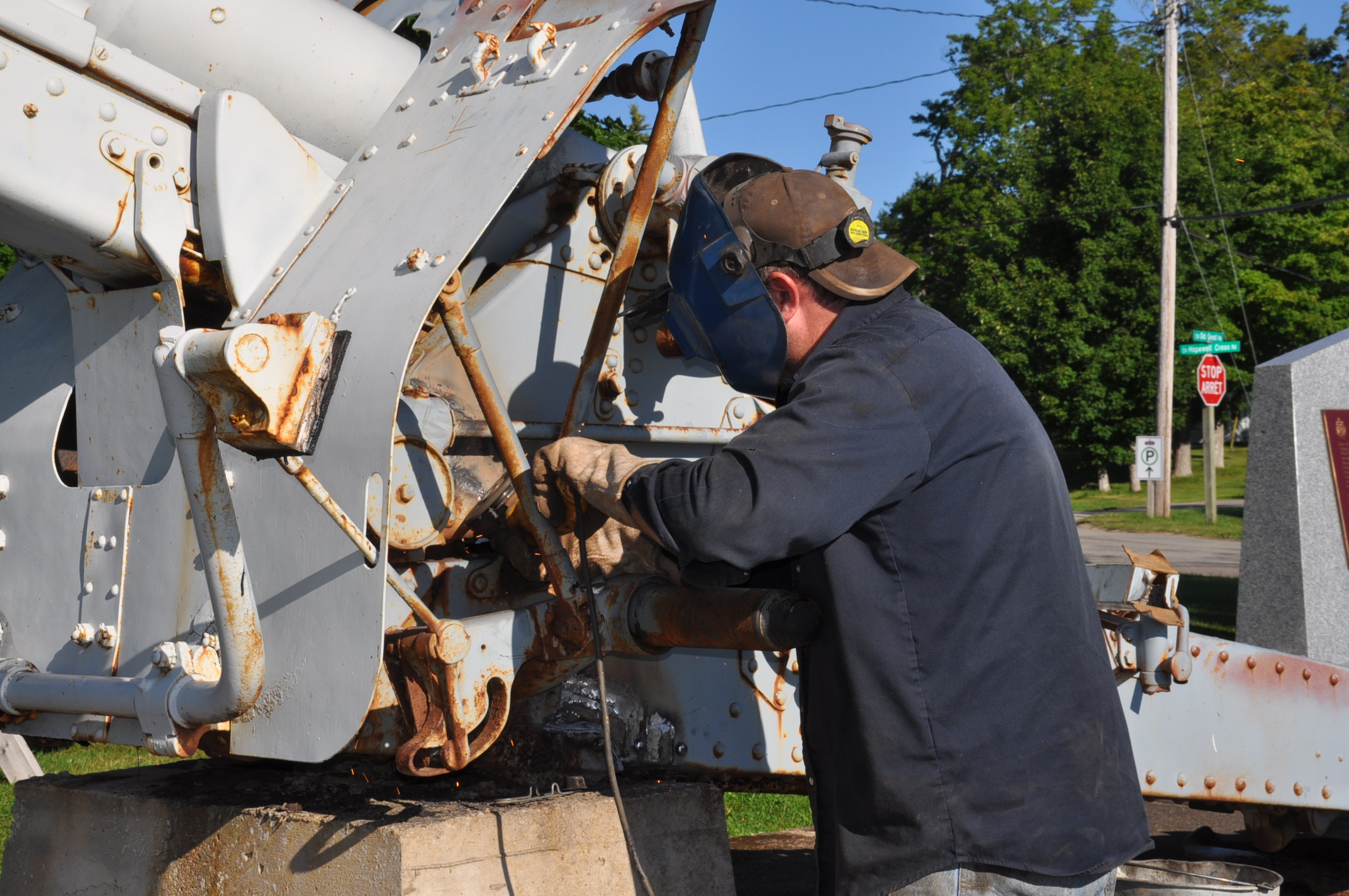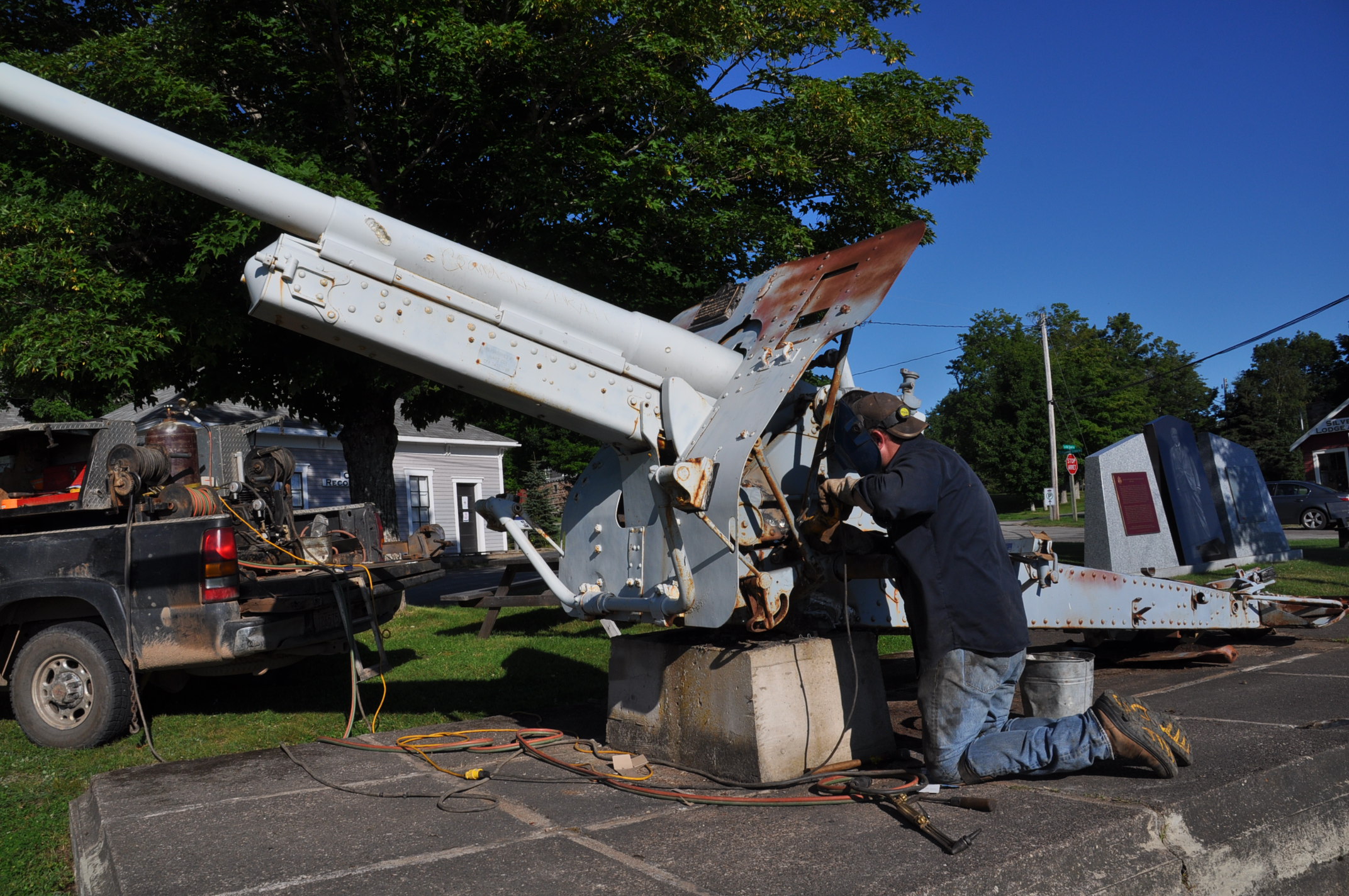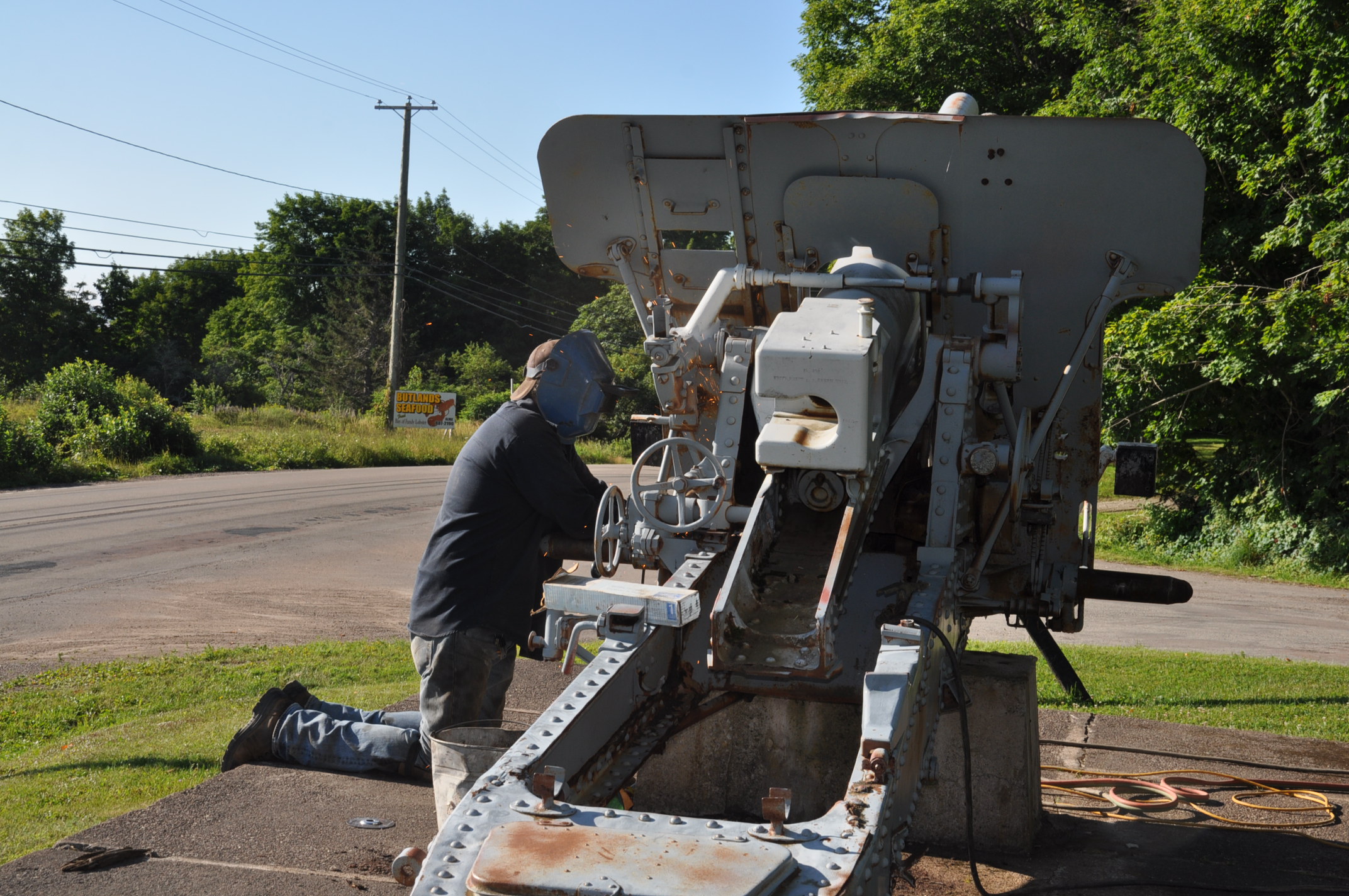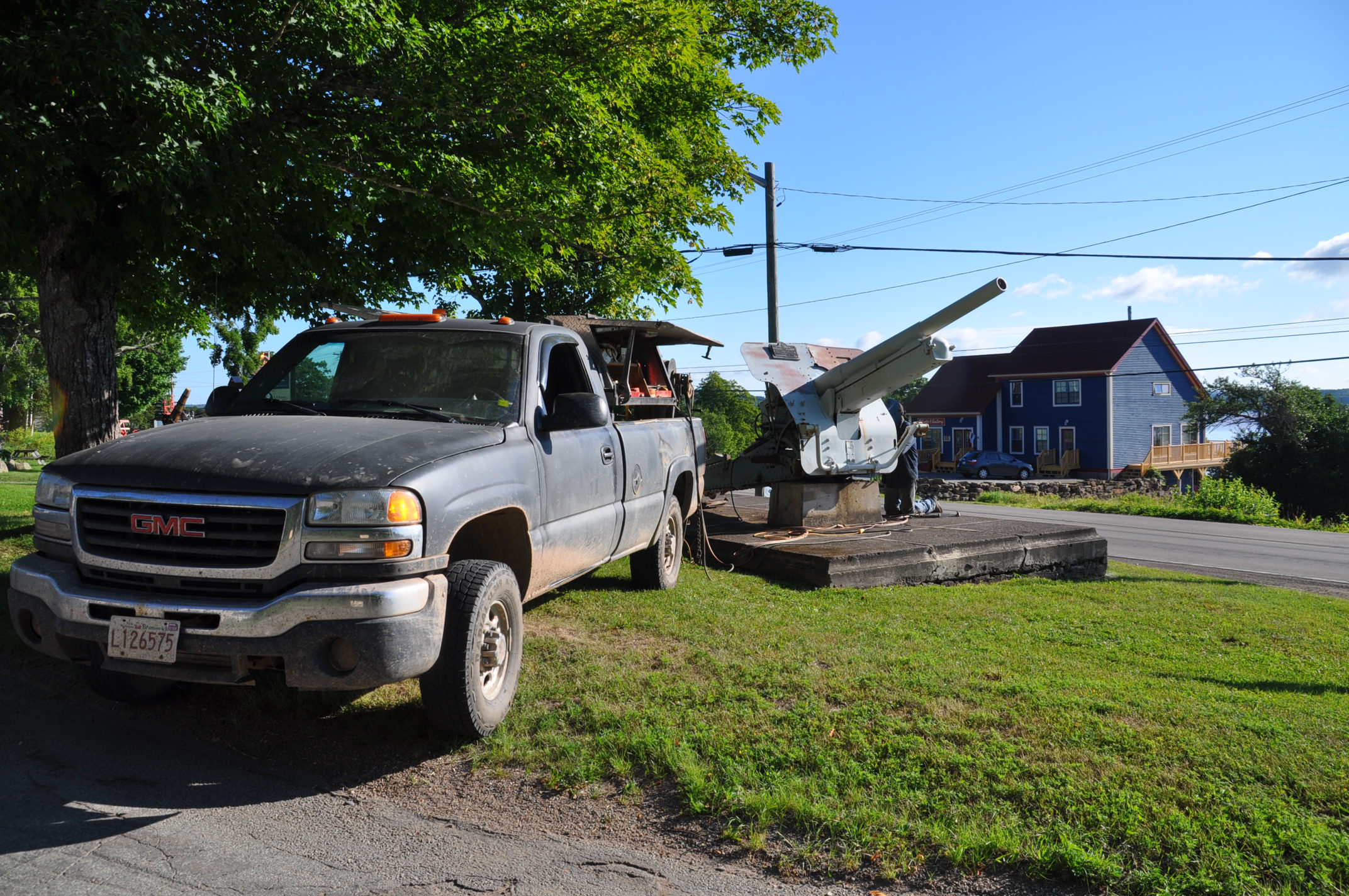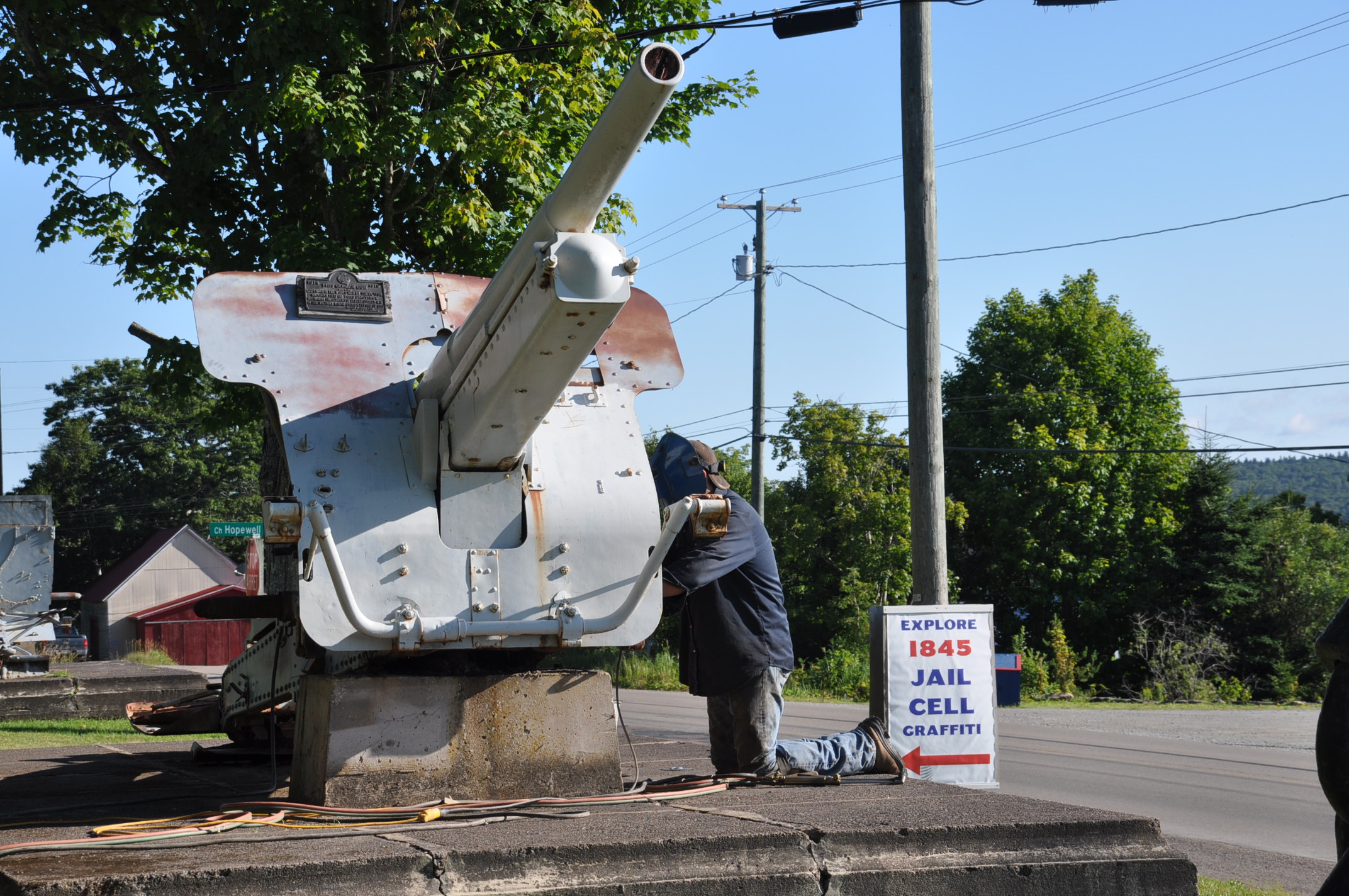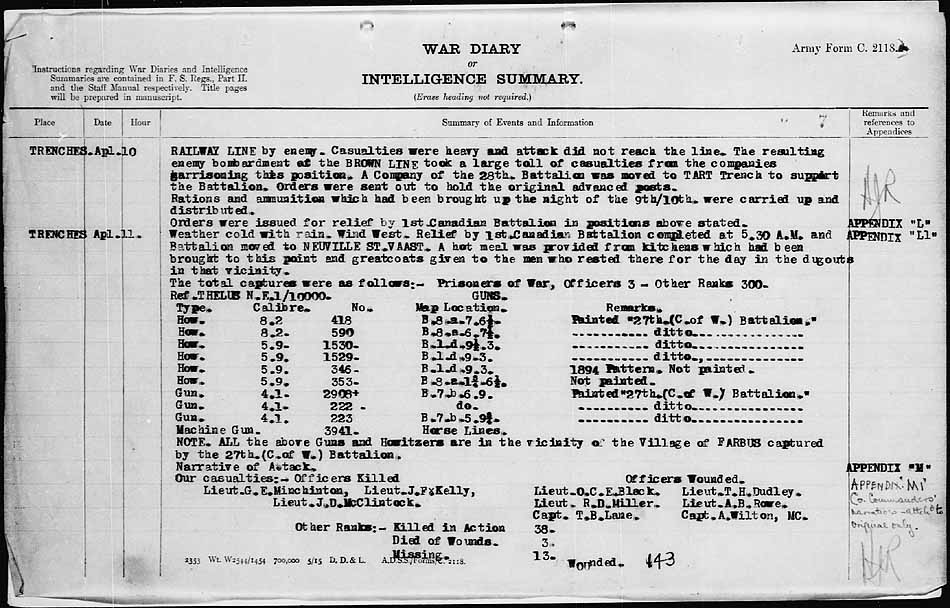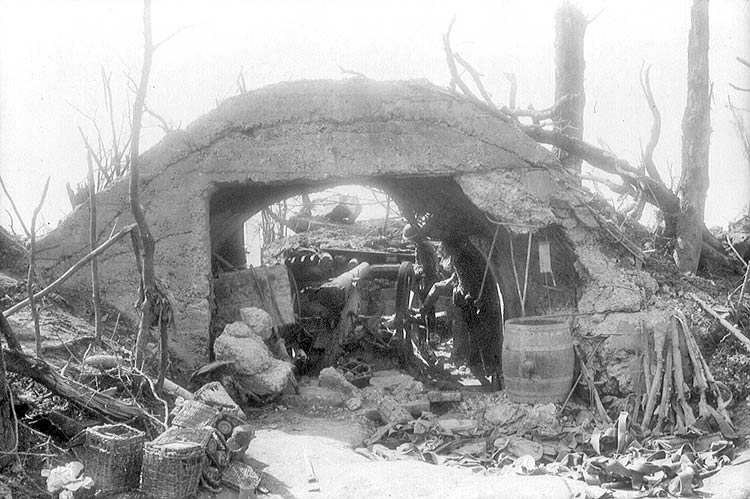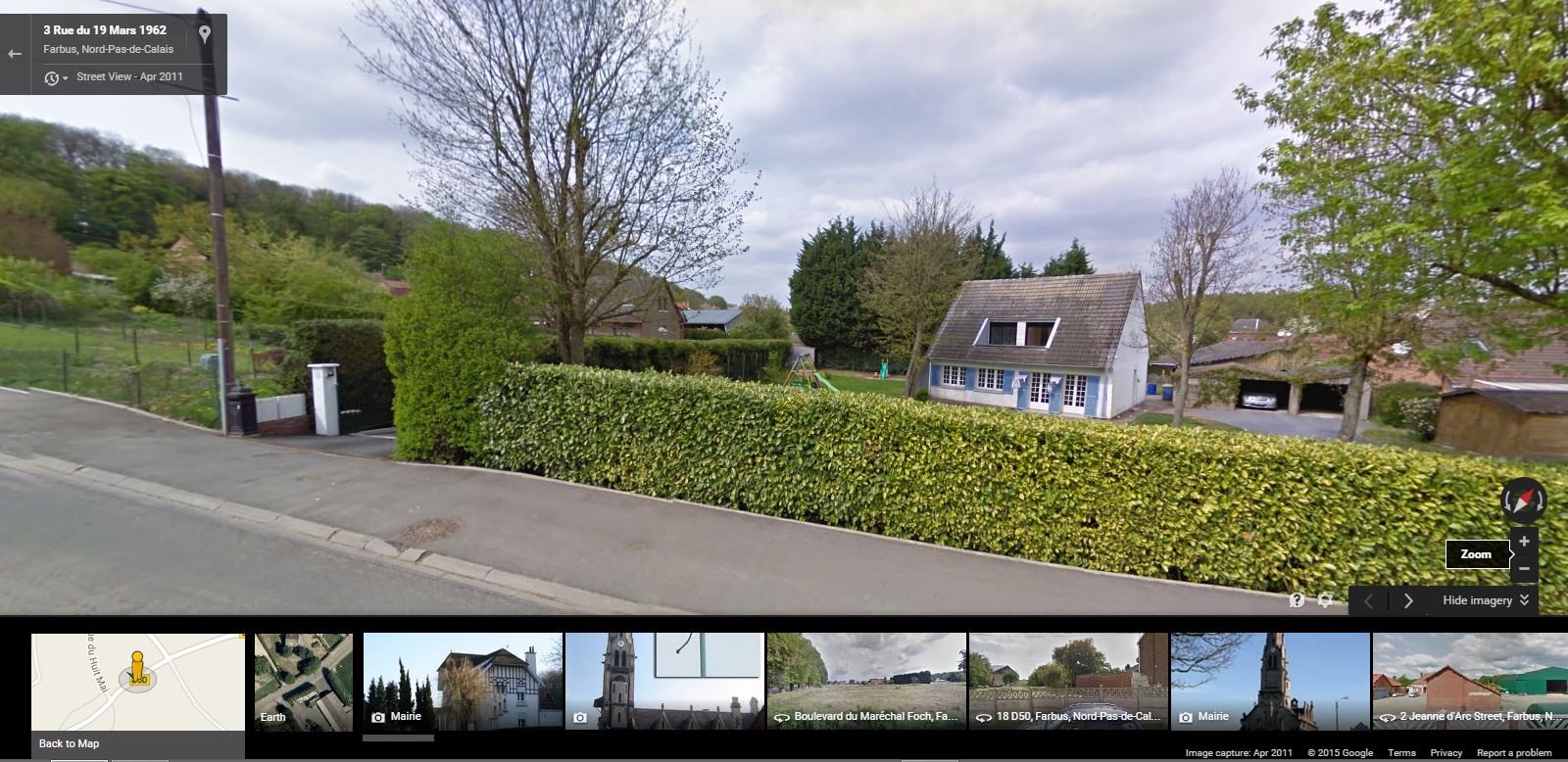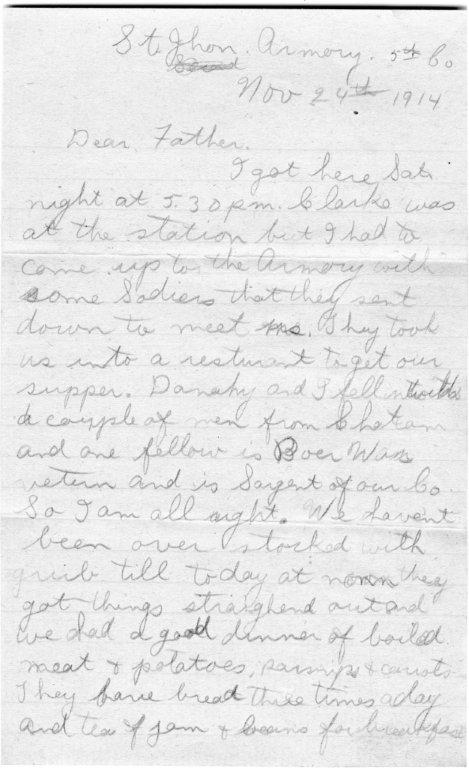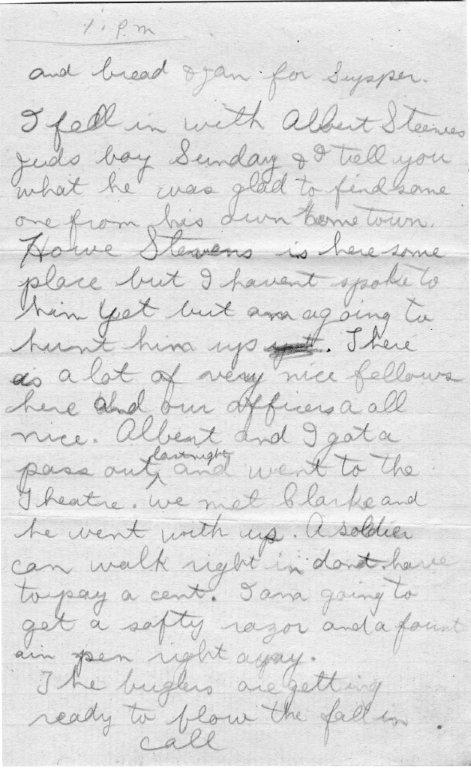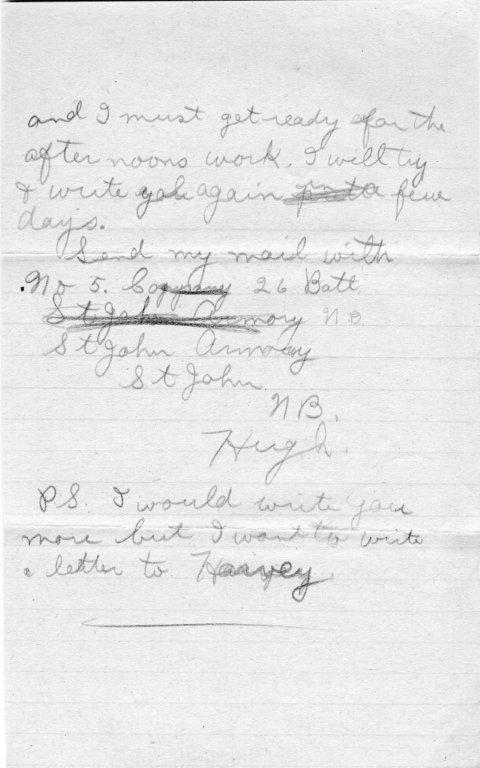The cannons in Hopewell Cape were not always painted the drab grey they are now, but in multi-coloured geometric shapes in bright greens, browns and even orange. This was to counter the Optical Range Finder which could pin-point the location of a ship or cannon with deadly accuracy. The purpose of the multi-coloured shapes and designs was to confuse the operator of the Range finder so they could not accurately line up the ship or cannon in the range finder.
So where did the idea for this come from? Surprisingly the world of art, and in particular the movement called Cubism. The idea behind cubism is to take a shape that exists in the world as we perceive it naturally, break it up into different constituent pieces, and then reconstruct it in a way that appears almost alien to the human eye, mainly by painting those pieces from several different points of view simultaneously. Pablo Picasso is the most famous Cubism painter, and you can see his Factory painting to the right.
It was the French (and soon afterward the Germans and British) who realized that some of the same aesthetic principles behind cubism could be put to use breaking up the otherwise easily distinguishable shapes of distant objects. Painting potential targets in ways designed to break down their form makes it difficult for adversaries to line those images up properly, particularly at longer distances where atmospheric effects, battlefield smoke, surrounding terrain and other factors can make even an undisguised target difficult enough to fixate accurately.
In other words, dazzle camouflage was intended so that you could never be quite sure just what you're looking at, especially when you view it through an optical range-finder. If you can't line up what you're looking at you can't determine the range and location of the piece, so you can't hit it accurately from a distance.
The museum plans on restoring the two German cannons to their as captured condition painted in the original dazzle camouflage. You will definitely notice them as you're driving by.
Now that's a story worth exploring!
The Victory Cannon Campaign is raising funds to restore two captured World War One cannons situated in the square in Hopewell Cape. These cannons were captured by Canadians during the Great War, and were awarded to the people of Albert County. You can donate online to the Victory Cannon Campaign here, and you'll be sent a tax receipt! Click Here to Donate!

